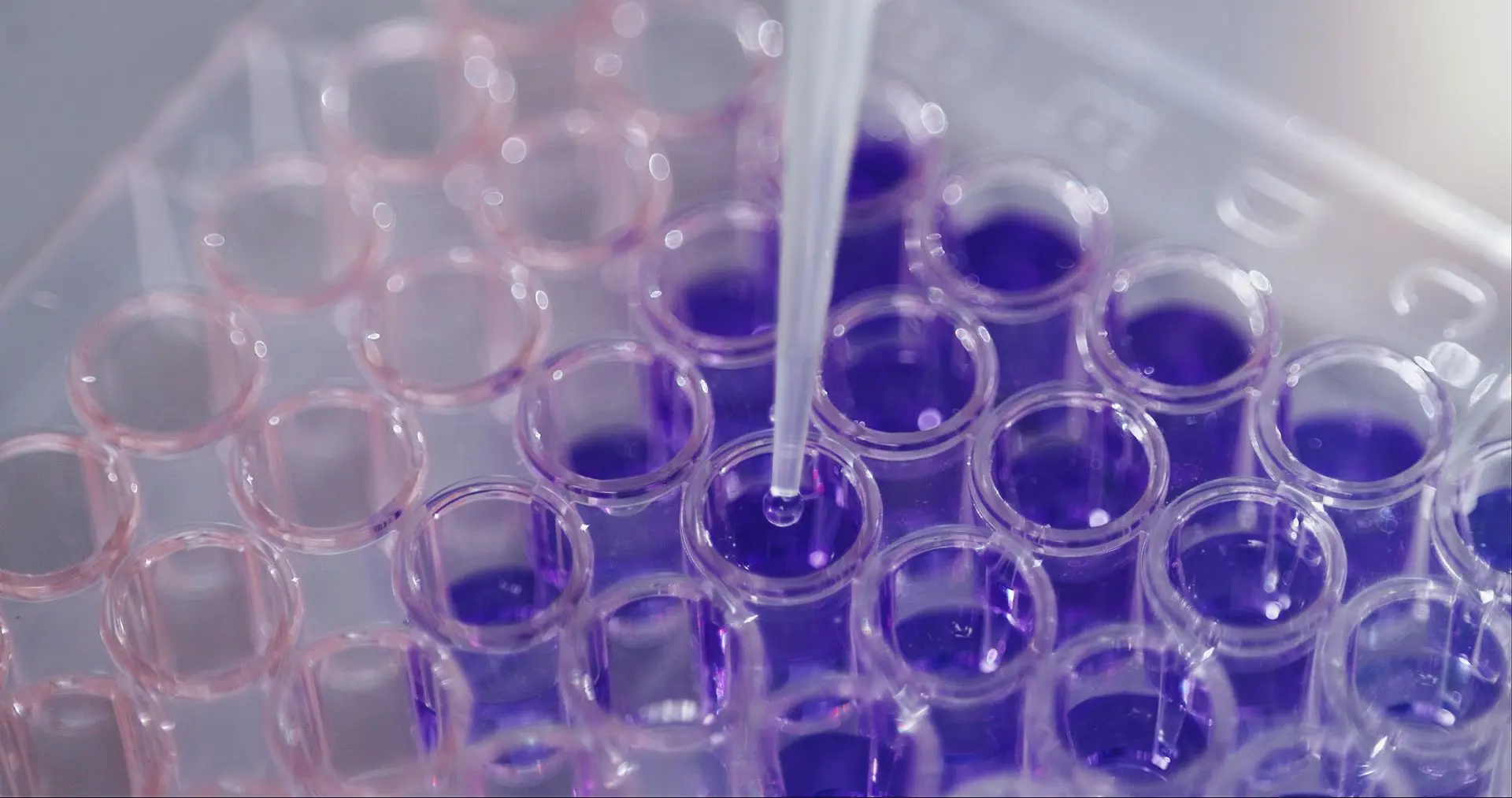
Innovative Applications of Nucleic Acid Testing (NAT) and HLA Typing in Modern Medicine:
Unlocking the Potential of Nucleic Acid Testing in Disease Detection:
1. Genetic Disease Diagnosis :
2. Precision Medicine :
3. Early Cancer Detection :
Applications in Transplantation: The Role of HLA Typing
1. Stem Cell Transplantation
2.Regenerative Medicine
3. Autoimmune Disease Monitoring
4. Infectious Disease Monitoring
Advancements in Technology: How NAT and HLA Typing Are Evolving
Next-Generation Sequencing (NGS)
Single-Cell Analysis
Innovative Applications of Nucleic Acid Testing (NAT) and HLA Typing in Modern Medicine
Unlocking the Potential of Nucleic Acid Testing in Disease Detection
Nucleic Acid Testing (NAT) has opened new frontiers in medical diagnostics, providing a deeper understanding of diseases and enhancing the accuracy of detection. Beyond its established use in HLA typing and infectious disease screening, NAT has an expanding role in genetic testing, personalized medicine, and early cancer detection.

2. Precision Medicine :
One of the most exciting areas for NAT is its use in personalized medicine. By analyzing a patient’s unique genetic makeup, NAT can help doctors customize treatments based on the individual’s genetic predispositions. This approach is particularly promising for cancer treatment, where genetic sequencing of tumor DNA helps identify specific mutations driving the cancer, allowing for targeted therapies.

1. Genetic Disease Diagnosis :
NAT technologies enable healthcare providers to diagnose genetic conditions more accurately by detecting mutations at the DNA level. For rare inherited diseases, early detection using NAT can lead to better treatment options and management strategies, reducing long-term health risks.

3. Early Cancer Detection :
NAT is increasingly being used to detect cancers in their early stages, even before symptoms appear. Using advanced techniques like Real-Time PCR, NAT can identify the presence of tumor DNA or RNA in blood samples. This non-invasive testing offers a way to monitor cancer progression or remission in patients already diagnosed, improving their chances of survival with earlier interventions.
Applications in Transplantation: The Role of HLA Typing
HLA Typing is fundamental for ensuring the compatibility of transplant organs and tissues, reducing the risk of rejection and improving the success rates of transplants. While its traditional use is well-known in the context of bone marrow and organ transplantation, there are emerging applications that go beyond what was previously possible:
1. Stem Cell Transplantation :
In addition to organ transplants, HLA typing is critical for stem cell transplantation, especially for patients with blood disorders such as leukemia. Identifying a compatible stem cell donor reduces the chances of graft-versus-host disease (GVHD), where the donor’s immune cells attack the recipient’s body.
3. Autoimmune Disease Monitoring : HLA typing is also increasingly being used to understand autoimmune diseases. For conditions like rheumatoid arthritis, lupus, and multiple sclerosis, certain HLA alleles have been identified as being associated with a higher risk of disease. By understanding a patient’s HLA profile, doctors can predict the risk of developing autoimmune diseases and develop more personalized treatment plans.
2.Regenerative Medicine :
The rise of regenerative medicine and tissue engineering has further highlighted the importance of HLA typing. In these fields, researchers are working to grow tissues or organs in labs for transplantation. HLA typing plays a crucial role in ensuring that these lab-grown tissues are compatible with the patient’s immune system, ensuring better integration and less risk of rejection.
4. Infectious Disease Monitoring : New research into the correlation between HLA alleles and infectious diseases has also emerged. Specific HLA types may influence an individual’s susceptibility to certain infections or their ability to fight off viruses. By identifying these genetic markers, NAT and HLA typing can help predict how well a person might respond to certain infections, or how they might react to vaccines.



Advancements in Technology:
How NAT and HLA Typing Are Evolving
The world of NAT and HLA Typing continues to evolve with groundbreaking advancements that make these technologies even more precise and efficient. Here’s a look at some of the latest innovations:
- Next-Generation Sequencing (NGS): NGS is a game-changer for both NAT and HLA Typing. For NAT, it allows for high-throughput sequencing, enabling faster and more accurate identification of pathogens, genetic mutations, and viral load. For HLA Typing, NGS improves the resolution of allele detection, allowing for a more comprehensive analysis of the HLA region and higher success in matching donors and recipients.
- Single-Cell Analysis: Advances in single-cell sequencing are transforming the way we understand genetic information. Single-cell NAT allows researchers to analyze individual cells, which could revolutionize cancer research, stem cell therapy, and genetic disease diagnostics. By examining how individual cells respond to treatments or infections, doctors can create more effective and targeted therapies.